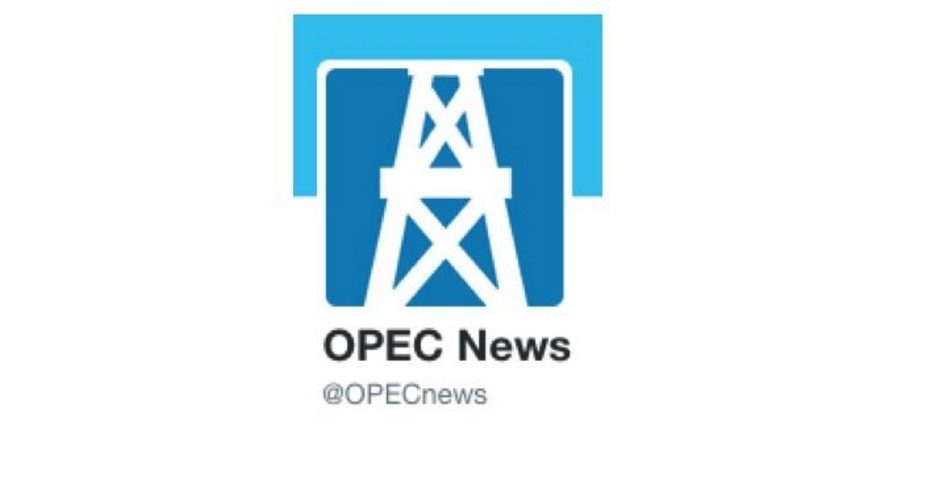
OPEC’s current president, Qatar’s energy minister Mohammed bin Saleh Al Sada, announced Monday that the oil cartel will hold “informal” side meetings at the International Energy Forum in Algeria in late September. Not surprisingly, the topic will once again be “cooperation” among the disparate and increasingly desperate members to restrict production in efforts to force oil prices higher.
Al Sada, who holds a Ph.D. from England’s University of Manchester’s Institute of Science and Technology, asserted,
OPEC continues to monitor developments closely, and is in constant deliberations with all [the cartel’s] member states on ways and means to help restore stability and order to the oil market.
This is code for higher prices for crude oil so that those “member states” can pay for their welfare states without continuing to drain their currency reserves. The cartel’s revenues fell by half in 2015, from nearly a trillion dollars to just over $500 billion, according to OPEC’s annual financial statement published in June. The cartel’s current account deficit was $100 billion in 2015, compared to a surplus of $238 billion the year before, a swing of a third of a trillion dollars. Saudi Arabia, the key member of the cartel, saw its oil revenues drop by 23 percent in 2015, and is now suffering negative cash flow in excess of $10 billion a month thanks to those lower crude oil prices.
But Al Sada is ever hopeful that the cartel’s strategy, announced in November of 2014 to flood the market by producing at maximum rates, will eventually drive out enough American oil producers so that prices can move higher. In a statement reflecting more hope than recent experience, he said:
Expectation of higher crude oil demand in the third and fourth quarters of 2016, coupled with [a] decrease in [supply], is leading [our] analysts to conclude that the current bear market is only temporary, and oil price[s] would increase during [the] later part of 2016.
Nearly everything in that statement is wrong. As summer draws to a close in the United States, demand for refined products such as gasoline and aviation fuel will diminish. China’s economy continues to falter, as does that of the European community. The U.S. economy has essentially flat-lined. So where would that increase in demand come from?
U.S. frackers are bringing their idled oil rigs back online, taking advantage of falling breakeven points thanks to continued technological improvements (such as operating as many as six wells out of a single surface platform). Assets of higher-cost producers are being bought out of bankruptcy by venture capital funds that are able to operate them at much lower costs. In addition, the lives of existing wells are being extended, further reducing the need for the development of expensive new wells, at least for the moment.
OPEC is still dealing with Iran’s recalcitrance as well, as it is back to only about 80 percent of its pre-sanction production levels. Its refusal to back OPEC’s efforts at “cooperation” back in April blew up the plan to cut back production then. As it continues to ramp up its production, it will increase its supply to market, now averaging about two million barrels of crude every day.
The “informal meeting” scheduled in Algeria for late September is likely to be little more than a circus sideshow. If somehow it really starts to constrain production, American producers will be happy to sell into a rising oil market and take away the customers OPEC is abandoning.
A graduate of an Ivy League school and a former investment advisor, Bob is a regular contributor to The New American magazine and blogs frequently at LightFromTheRight.com, primarily on economics and politics. He can be reached at [email protected].



